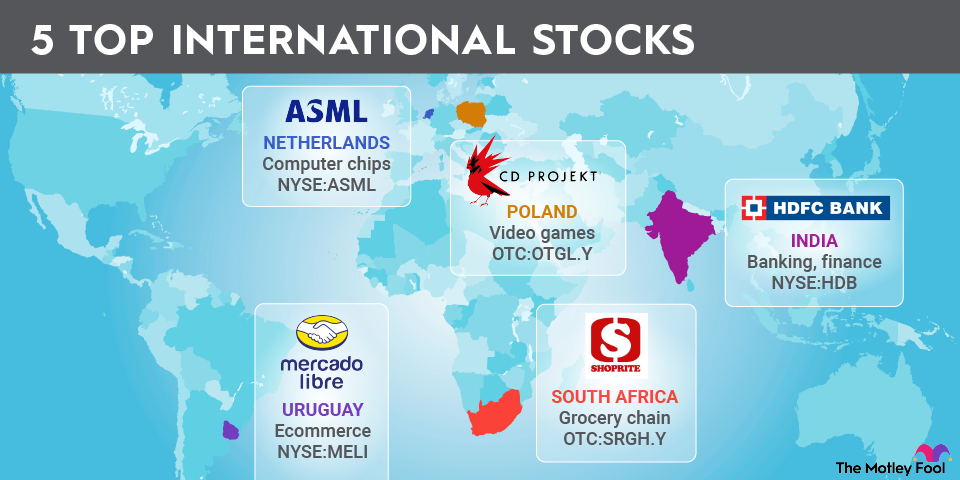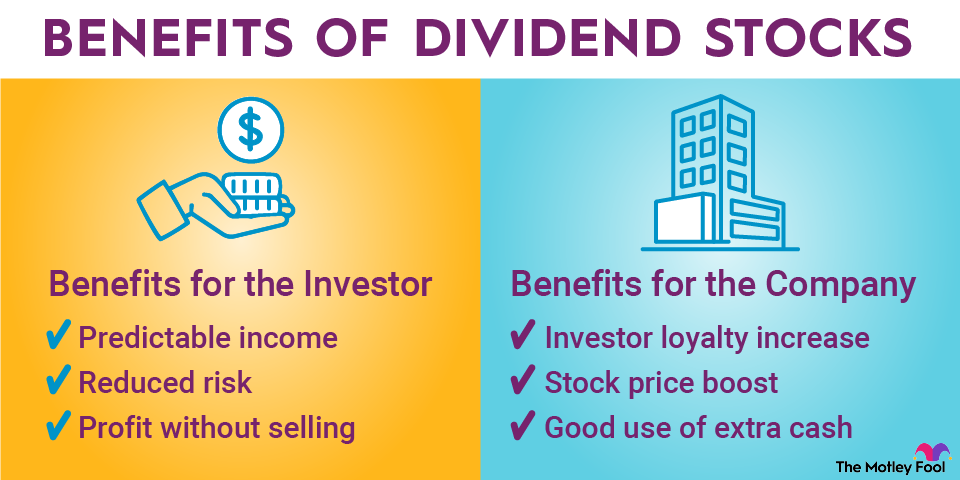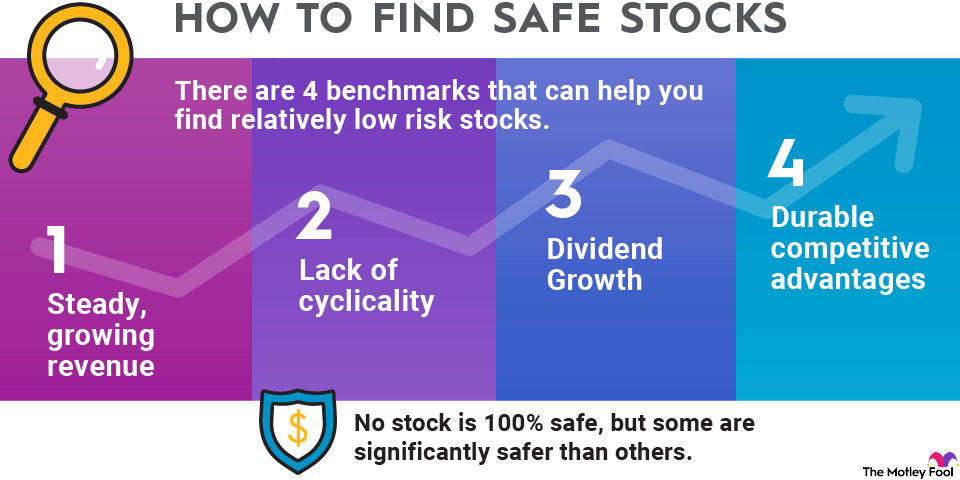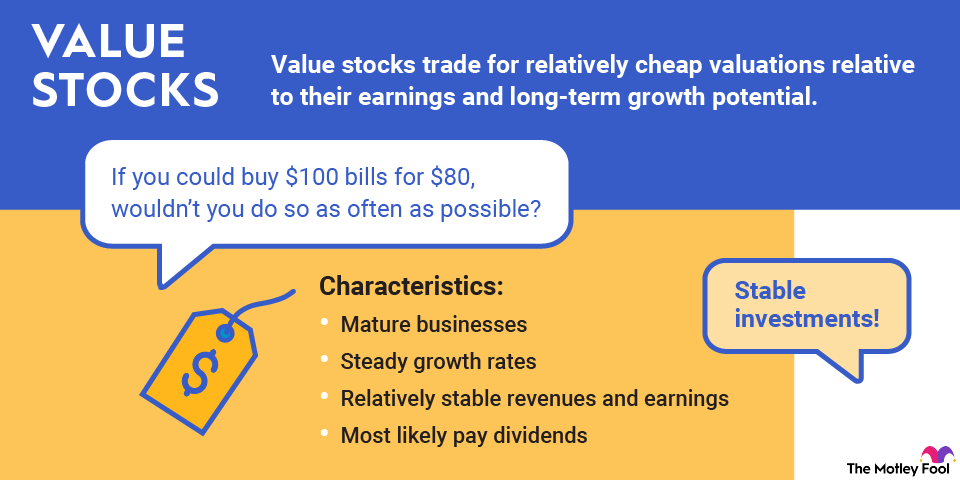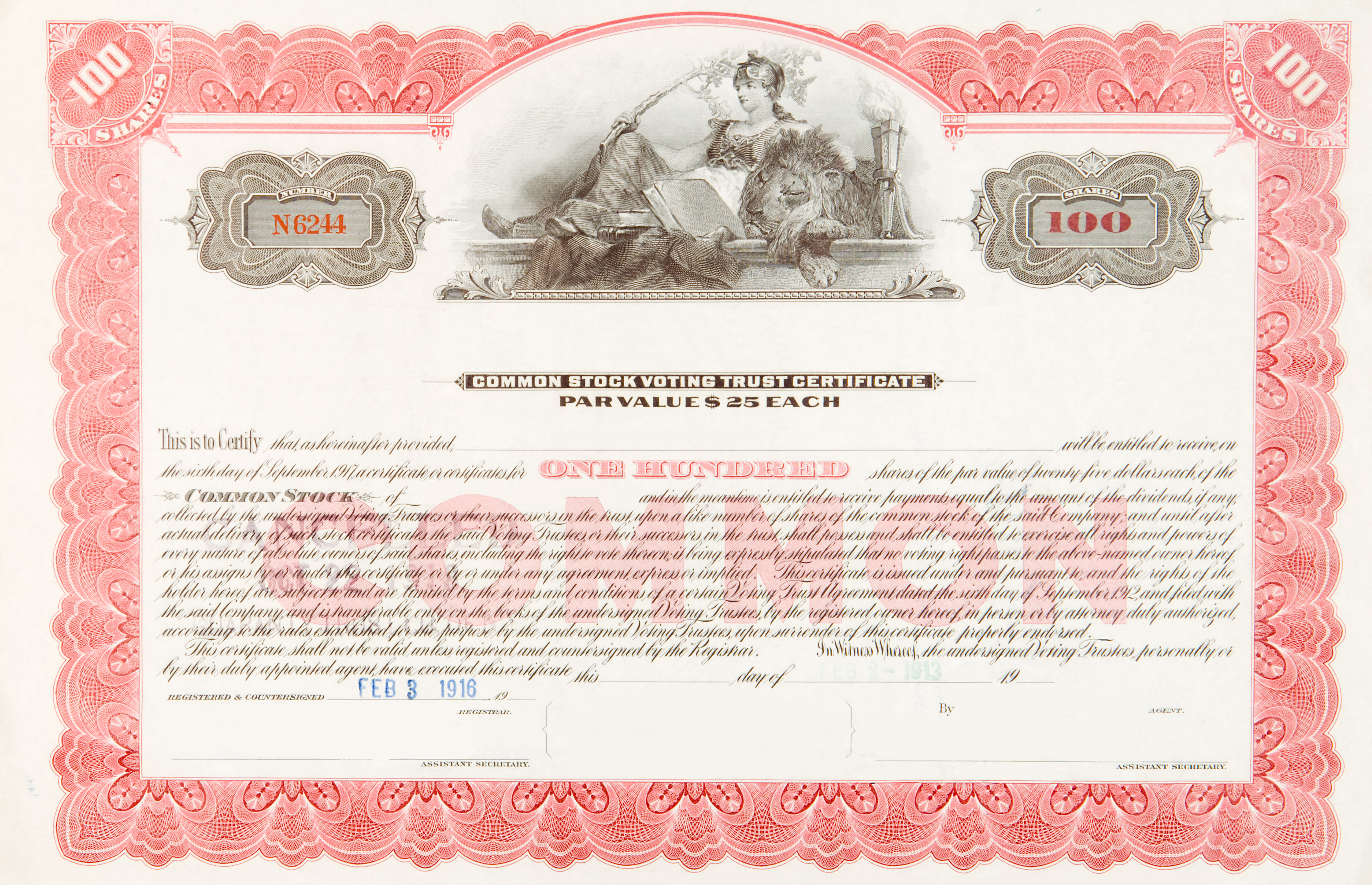Large-cap stocks include many of the best-known companies in the world, and although they might not be as exciting as smaller companies with high growth potential, they are typically a safer investment. Explore the world of large-cap stocks and learn how these can shape your portfolio.

What is a large-cap stock?
A large-cap stock is the stock of any publicly traded company valued at more than $10 billion. Sometimes called big-cap stocks, large-cap stocks are often considered the stalwarts or blue chips of the stock market. Think of companies such as Walt Disney (DIS -0.04%), Coca-Cola (KO -1.23%), and General Motors (GM -0.73%) -- established giants with leading positions in their industries.
The very largest large-cap companies, such as Amazon (AMZN +1.41%) and JPMorgan Chase (JPM +0.09%), which have market caps of more than $200 billion, also fall into the large-cap category. Some investors think of them as a separate type of stock, called mega-caps, but, for most purposes, they’re just "jumbo" large-caps.
While many investors consider smaller, fast-growing companies to be more exciting, large-cap stocks can be very profitable for investors who take the time to understand them. Because these mammoth companies tend to be less volatile than their smaller siblings, they can also help to diversify a portfolio of smaller stocks while still providing good share price growth over time. Their principal advantage is that they are a safer investment since they are more established than smaller companies and have competitive advantages and more reliable profit streams. For that reason, large-cap stocks tend to outperform small-caps during a bear market.
There is a range of large-cap growth stocks that investors can choose from, including stocks such as e-commerce giants like MercadoLibre (MELI +2.56%) to chipmakers like Nvidia (NVDA +1.04%). There is no strict definition for a growth stock, but, in general, any company increasing its revenue by 20% or more can be considered a growth stock.
Large-cap growth stocks are the exception, however, since most large-cap stocks are mature companies with moderate growth prospects. Investors seeking high growth potential may prefer to invest in smaller companies at the lower end of the market cap range.
Category | Market Capitalization |
|---|---|
Micro-cap companies | Less than $300 million |
Small-cap companies | $300 million to $2 billion |
Mid-cap companies | $2 billion to $10 billion |
Large-cap companies | $10 billion to $200 billion |
Mega-cap companies | More than $200 billion |
Large-cap companies are typically older and well-established, and they usually pay reliable dividends. Not all are household names, but many are well-known. The large-cap blue chip stocks are stable businesses with respected management teams, strong credit ratings, and long histories of profits. Others, generally industrial giants, are characterized by their business cycles, meaning that their profits and stock prices tend to move with the overall economy. Some large-cap companies are fast-growing and may have been in the mid-cap or small-cap range just a few years ago.
Large-cap stocks have outperformed their smaller peers over the past decade. They have also done so with less volatility since, for example, the S&P 500 didn’t drop as much as the Russell 2000 when the COVID-19 pandemic emerged in early 2020.
Top 7 large-cap stocks in 2025
Here are some excellent large-cap stocks to consider:
1. Nvidia

NASDAQ: NVDA
Key Data Points

NASDAQ: MELI
Key Data Points

NYSE: WMT
Key Data Points

NASDAQ: AAPL
Key Data Points
Few companies on the stock market are as synonymous with long-term excellence as Berkshire Hathaway (NYSE:BRK.A)(NYSE:BRK.B).
The company was founded by Warren Buffett and led by him for more than 60 years has a long track record of outperforming the S&P 500, having almost doubled its annual return during that period.
Berkshire Hathaway has a unique business model, operating as a holding companies that owns individual stocks and subsidiaries ranging from industries like consumer products to insurance to manufacturing, and utilities.
7. Amazon
Amazon (AMZN +1.41%) has become one of the most valuable companies thanks to its leadership in two massive industries: e-commerce and cloud computing.
It pioneered both industries, starting off as an online bookseller at the dawn of the World Wide Web, and today sells around 600 million stock-keeping units (SKUs), thanks to its e-commerce marketplace, which is far more than any of its peers.
The company believes there's still a lot of growth in both of those markets, and it has also leveraged those competitive positions into new businesses like advertising, which now brings in billions in profits every year.
Exchange-Traded Fund (ETF)
Best large-cap funds in 2025
If you don't want to choose individual large-cap stocks, you can still gain portfolio exposure to the biggest companies by investing in an exchange-traded fund (ETF) or a mutual fund that focuses on large-cap stocks -- or even large-cap growth funds.
An ETF trades on an exchange like a stock, but it is made up of a group of stocks that typically have something in common; for example, they belong to the same industry.
ETFs give investors an easy way to invest in a group of stocks rather than picking individual stocks. They generally charge a small fee to invest in them, known as the expense ratio.
Here are a couple of large-cap-focused funds to consider:
1. Vanguard S&P 500 ETF
How to evaluate top large-cap stocks
Great large-cap stocks come in different varieties. Some are former small-cap growth stocks that just kept growing, such as MercadoLibre; some, such as Nvidia, are longtime players in industries that are difficult to enter at scale; and some, such as Walmart, are versatile giants with long traditions of strong management and steady growth.
Below is a list of steps to take to evaluate large-cap stocks.
- Define your investing goals. Are you most focused on growth, income, or value, or a combination of any of the three?
- Use a stock screener to find companies with a history of outperformance and companies that trade at good valuations.
- Make a list of companies that offer good growth or income prospects for their stock valuation.
- Learn about the competitive landscape in their industry, their growth strategy, management, and risks facing the company.
- Once you've identified stocks that look set to outperform, decide on how much of your portfolio you want to allocate to them.
Related investing topics
Reasons to invest in large-cap stocks
If you can hold an investment for five years or more, and you want stocks with relatively low volatility, then large-cap stocks might be a good fit. If your portfolio is dominated by volatile growth stocks, then adding a few stable large-caps might be a smart move to diversify your holdings without significantly sacrificing growth potential.
Remember that although large-cap stocks are often those of companies that “everybody knows,” it’s still important to do your homework before you buy. Another option is to add an ETF or mutual fund focused on large caps to your holdings.


